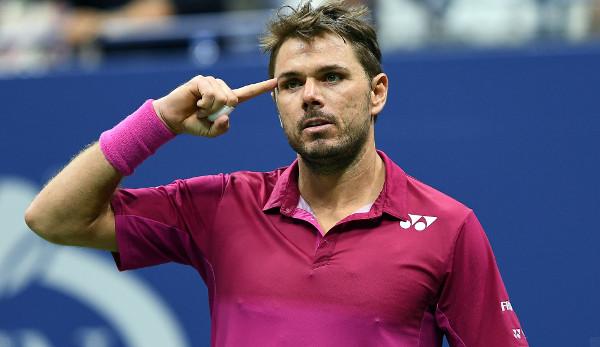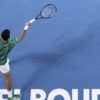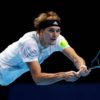Why do I make so many unnecessary mistakes in the rally? What do I have to change to prevent the blows from ending up permanently in the net or out? Here you will be helped!
Most rally situations are solved intuitively. In this intuition are installed processes that execute the blow. Such a procedure begins, for example, with a swing to the forehand, continues with the view of the ball and ends, if everything runs fairly smoothly, with the meeting point in front of the body.
As a tennis player, you now and then have to struggle with problems that at first glance have no discernible cause. Many balls fly backwards into the out. The ball is played more with a frame than with the string. Also network errors are, once started, apparently hardly to correct. Is it the shape of the day? You just don’t want it to be? Or are there still ways to correct yourself in the current match?
You absorb a lot of information about tennis, but you always have big problems implementing all this information. However, effective change and the desired improvement can only take place if one concentrates sensitively on one’s problems on the pitch and works on them sustainably. These problems usually arise in preparation for the blows. If you look after yourself and check what your own intuitive processes look like at all, you can start turning the right screws.
It’s no use watching YouTube videos for two hours about the right meeting point at the forehand when the personal problem isn’t the meeting point itself, but the movement towards the ball. The first step towards effective improvement is to raise awareness of your problems and then tackle them with determination.
Before you think about where you want to play the forehand, for example, you should think about the ideal position for the ball. The preparation for every single shot is underestimated. If you pay close attention to how you move to the individual strokes in a relaxed training match, you will see a lot of potential for optimization. But it is precisely the preparation for the stroke that can make the stroke efficient.
If one observes on-court videos of the professionals, one realizes ratz-fatz that their intuitive procedures consist of substantially more components than with the ambitious hobby player. For a Rafael Nadal, it is natural to use many small steps to swing early, turn the hip, throw the club forward through the ball, work out of the legs and get back into the comfort zone with quick steps after the shot. What looks simple is extreme effort. But this is exactly where every club player can learn something for his own stroke preparation.
The following questions will help you to improve your strokes efficiently:
Each player, each shot is individual and can hardly be considered in general. You have to find out your problems during the preparation for the strokes and orient yourself in your sporting development on these points. The mistakes in thinking that you notice in your own rallies will significantly improve your tennis in the long run. This is the logical way to walk from tree to tree in the jungle of information.














You must be logged in to post a comment Login